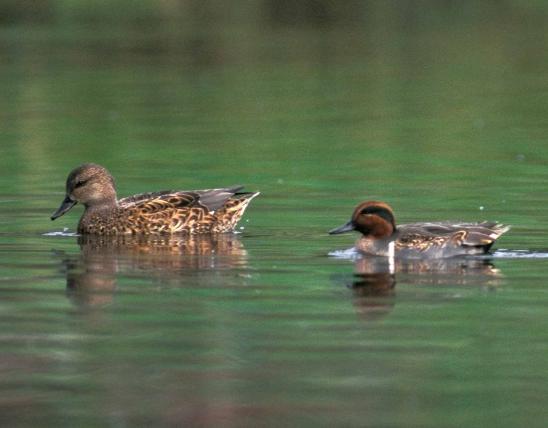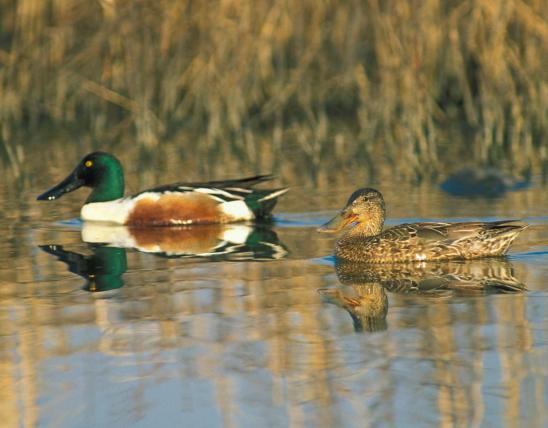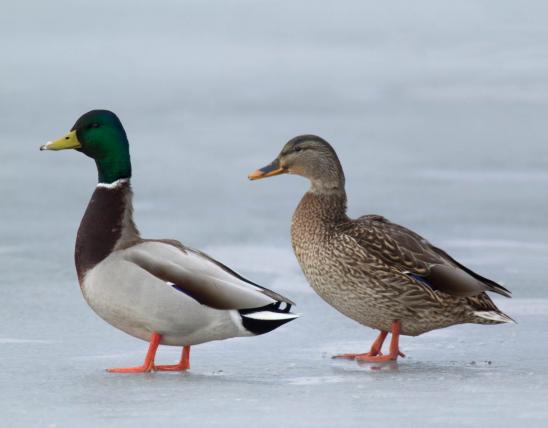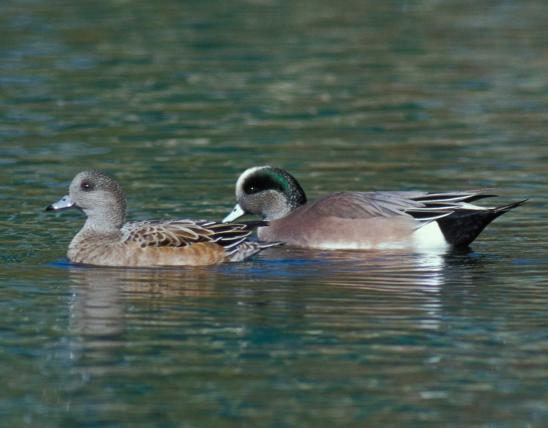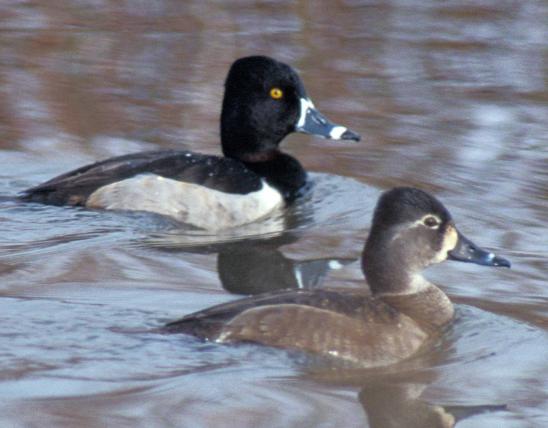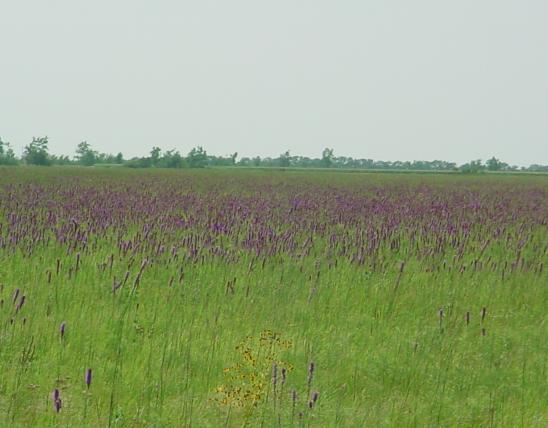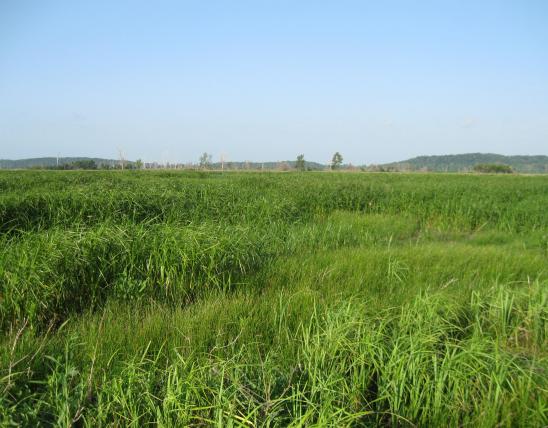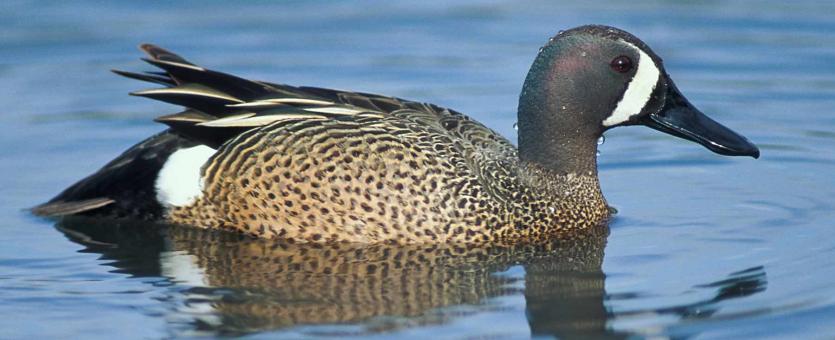
The blue-winged teal adult male is small with a dark gray head with a white crescent, a light blue patch on the forewing, and a greenish speculum (wing patch). Female is brown with yellow legs, a dark eye line, and a whitish spot between the bill and the eye. The female’s blue wing patches, gray-brown speculum, and undertail coverts that are darker and heavily spotted separate it from the female green-winged teal, which lacks the blue wing patch, has a green speculum, lacks the white between bill and eye, and has whitish undertail coverts. Males make high peeps, females high-pitched quacks.
Similar species: The cinnamon teal is a rare (west) or casual (east) migrant and accidental winter resident in Missouri. Males are almost entirely cinnamon colored. Females are browner than female blue-winged teal and lack the dark eye line and white spot between bill and eye.
Length: 16 inches (tip of bill to tip of tail).

Statewide at marshes, ponds, and lakes.
Habitat and Conservation
These ducks are commonly seen on marshes, and in ponds and lakes especially in open country. Like other dabbling ducks, this species generally hops into the air directly from the water, without needing a running, flapping start. The blue-winged teal is a swift flyer. This species regularly breeds in Missouri. State and federal game laws regulate harvests to maintain healthy populations.
Food
Blue-winged teal, like other dabbling ducks, are usually seen foraging on vegetation such as sedges, seeds, and small invertebrates on the surface in shallow water with emergent vegetation. They rarely dive underwater.
Status
Common migrant; locally uncommon summer resident in marshes. They are relatively early migrants and most of them are usually far south of Missouri by the time regular waterfall hunting season opens.
Life Cycle
Hens alone provide parental care; nests, concealed by overarching vegetation, are built on dry ground near water; 10–13 eggs are laid; these hatch in about 24 days. The ducklings take immediately to water. This species leaves early to overwinter along the Gulf of Mexico, in parts of southern California, and in Texas; many fly as far south as Peru, Brazil, and Argentina. They arrive relatively late in spring and breed across much of the United States and Canada as far north as Alaska.
Human Connections
Blue-winged teal are a popular quarry of duck hunters.
Ecosystem Connections
Teal, at various stages of their life cycle and throughout their migrating range, provide food for a variety of predators. In turn, these ducks busily graze upon aquatic plants and invertebrates, helping to hold those populations in check.
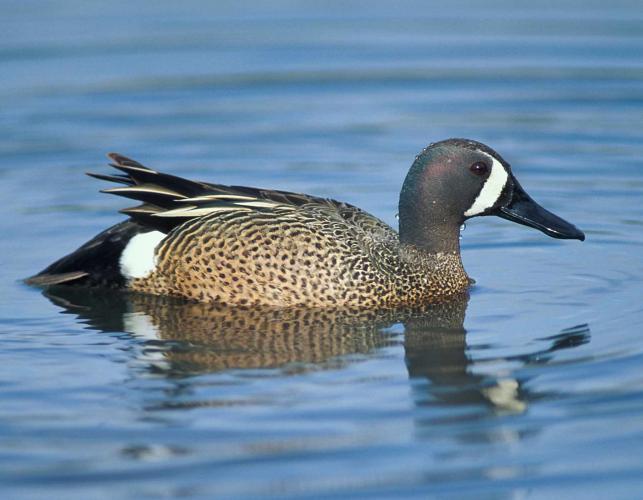
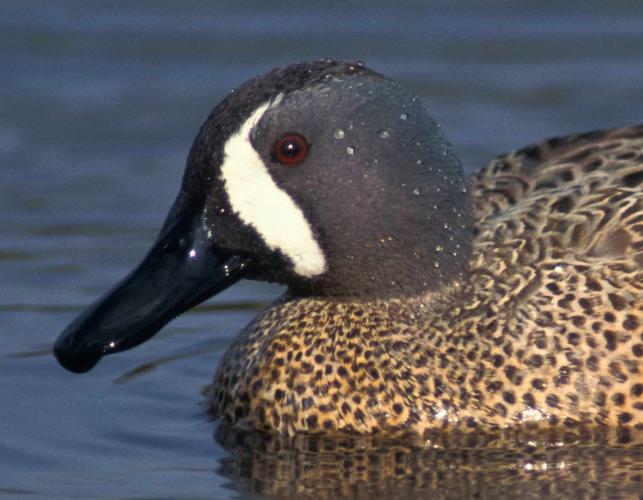
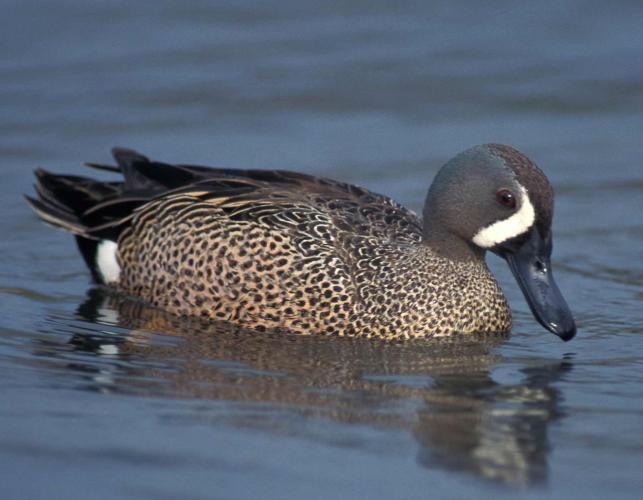
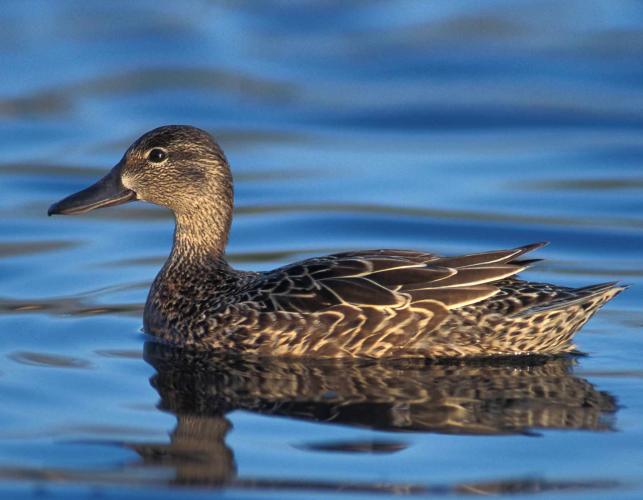

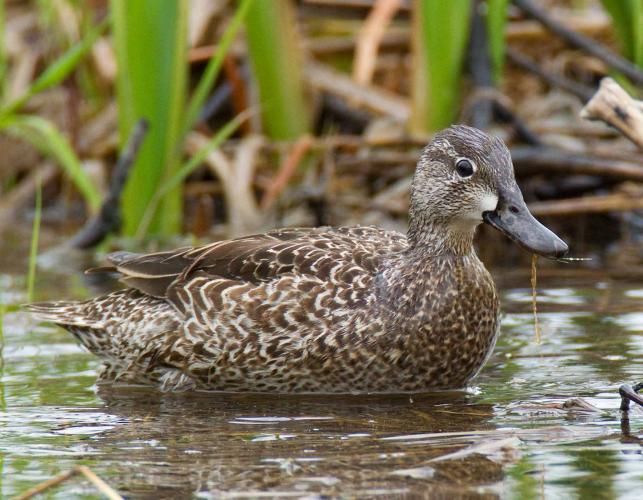
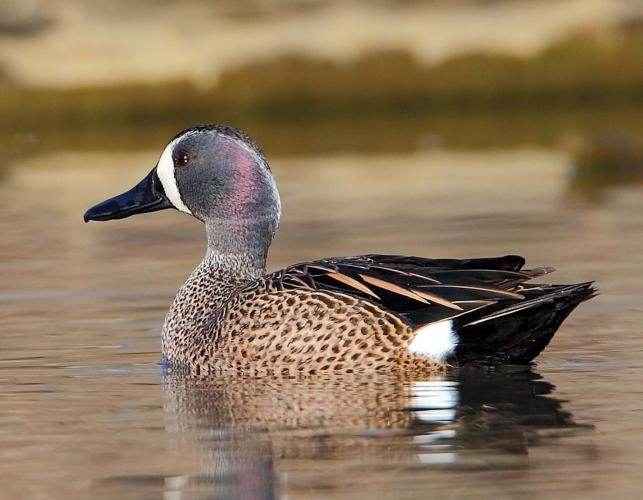

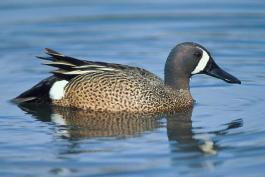
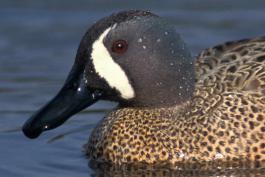
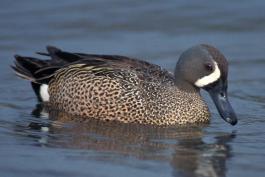


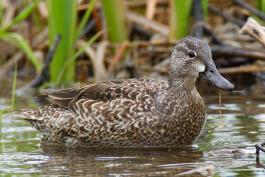
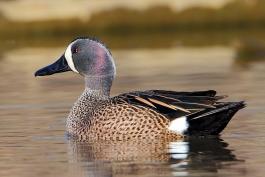
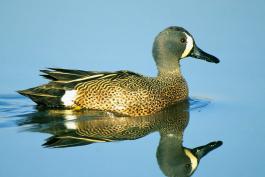
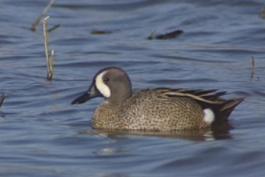
Where to See Species
About 350 species of birds are likely to be seen in Missouri, though nearly 400 have been recorded within our borders. Most people know a bird when they see one — it has feathers, wings, and a bill. Birds are warm-blooded, and most species can fly. Many migrate hundreds or thousands of miles. Birds lay hard-shelled eggs (often in a nest), and the parents care for the young. Many communicate with songs and calls.






















